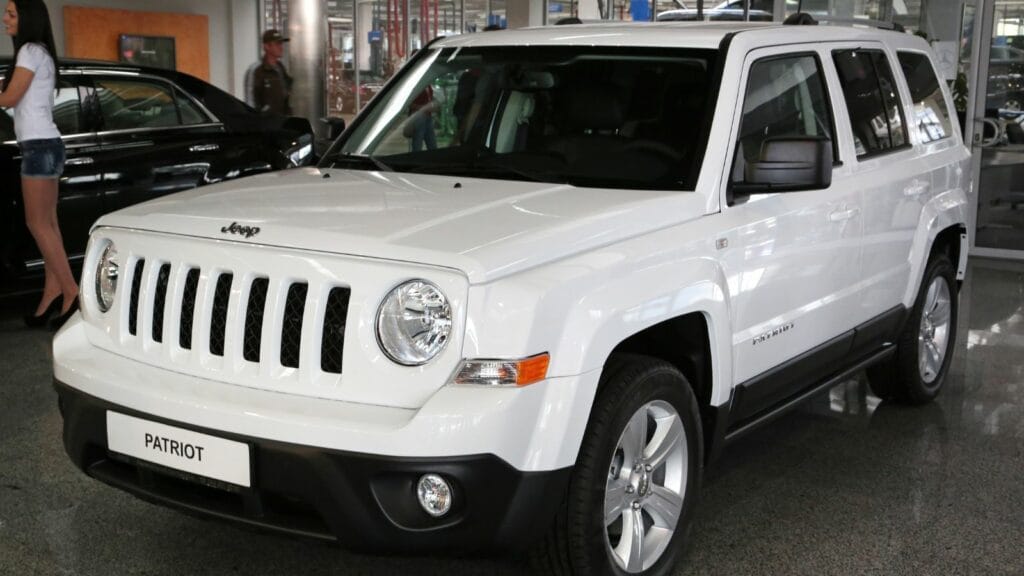The Canadian used car market is massive, and while some vehicles hold value for decades, others have reputations so bad that buyers won’t touch them at any price. These cars suffer from chronic engine issues, fragile transmissions, or poor build quality that left owners frustrated and mechanics busy. Once word spreads, resale values collapse and listings sit unsold for months. Even steep discounts can’t overcome their baggage. Expanded here with more detail, these twelve used cars have become nearly impossible to sell in Canada.
Dodge Journey
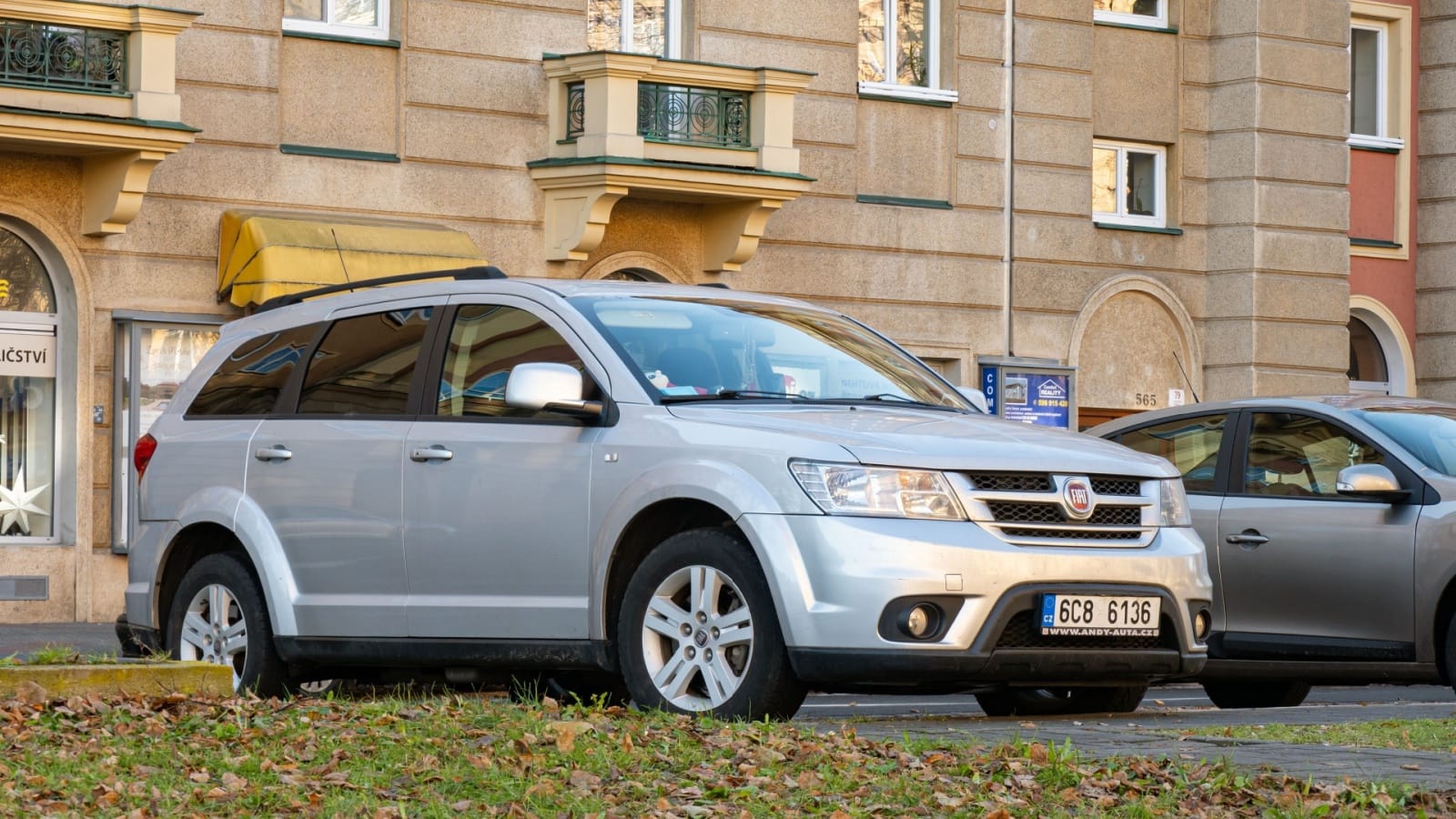
The Dodge Journey once flooded Canadian driveways thanks to low sticker prices and heavy dealer incentives. At first glance, it seemed like a bargain: big space for families at a compact SUV price. The problem is that its engines were weak and unreliable, especially the base four-cylinder, which struggled to get the SUV moving on highways. The V6 didn’t fare much better, plagued by overheating, gasket failures, and premature wear. Add in failing transmissions and constant electrical glitches, and the Journey’s reputation crumbled. Today, even with plenty of space and cheap prices, Canadians avoid it because they know it won’t hold up.
Chrysler 200
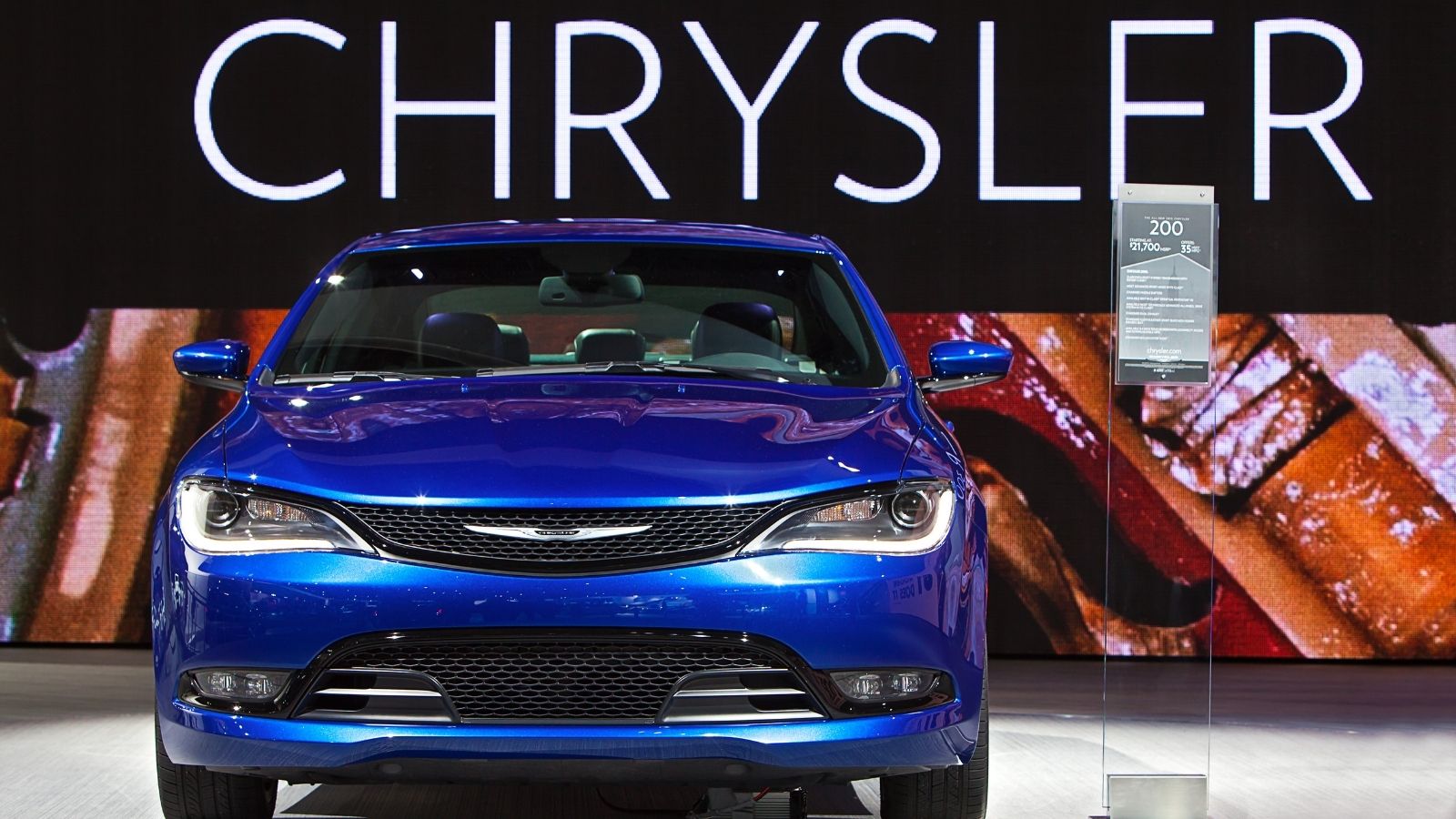
The Chrysler 200 looked like an elegant midsize sedan on the surface, but under the hood it was a mess. Engine stalls, transmission failures, and constant electrical faults defined its short run. In Canada’s cold climate, the car’s starting and idling problems were even worse, leaving many drivers stranded. Owners ditched them early, and now on the used market, the 200 is radioactive. Even if dealers drop the price to rock bottom, buyers won’t bite, knowing they’re likely signing up for years of mechanical headaches.
Chevrolet Equinox (2.4L Models)
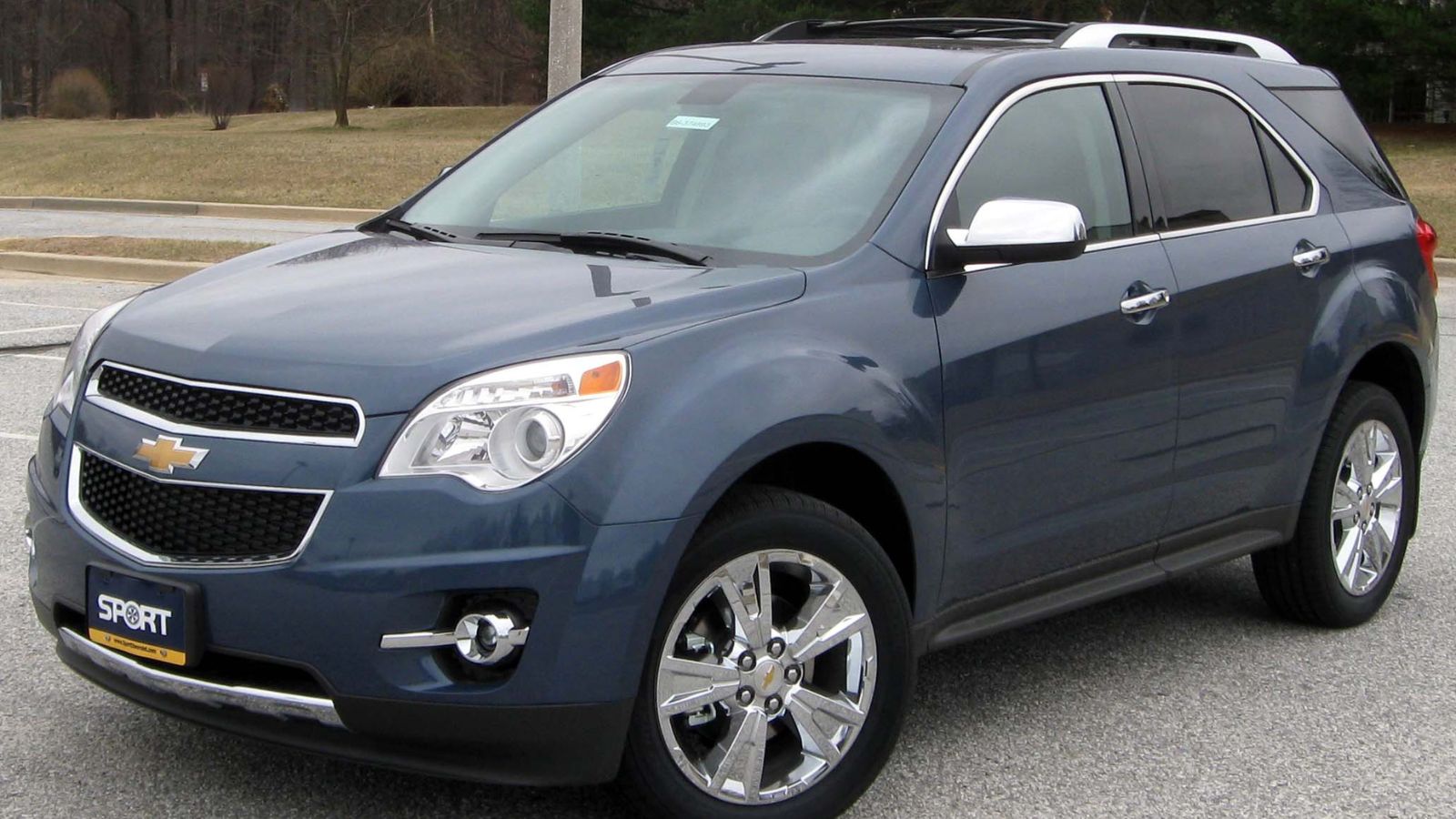
The Chevrolet Equinox has been a strong seller in Canada, but models equipped with the 2.4-litre four-cylinder engine became notorious. Excessive oil consumption plagued these vehicles, often leading to seized engines or costly rebuilds before hitting 150,000 kilometres. Timing chain issues added insult to injury. Buyers are well aware of this reputation now, and many specifically ask dealers which engine is under the hood before even considering a purchase. Equinoxes with the 2.4L are nearly impossible to move, even with heavy markdowns, because shoppers know they’ll end up paying more in repairs than they save upfront.
Dodge Caliber
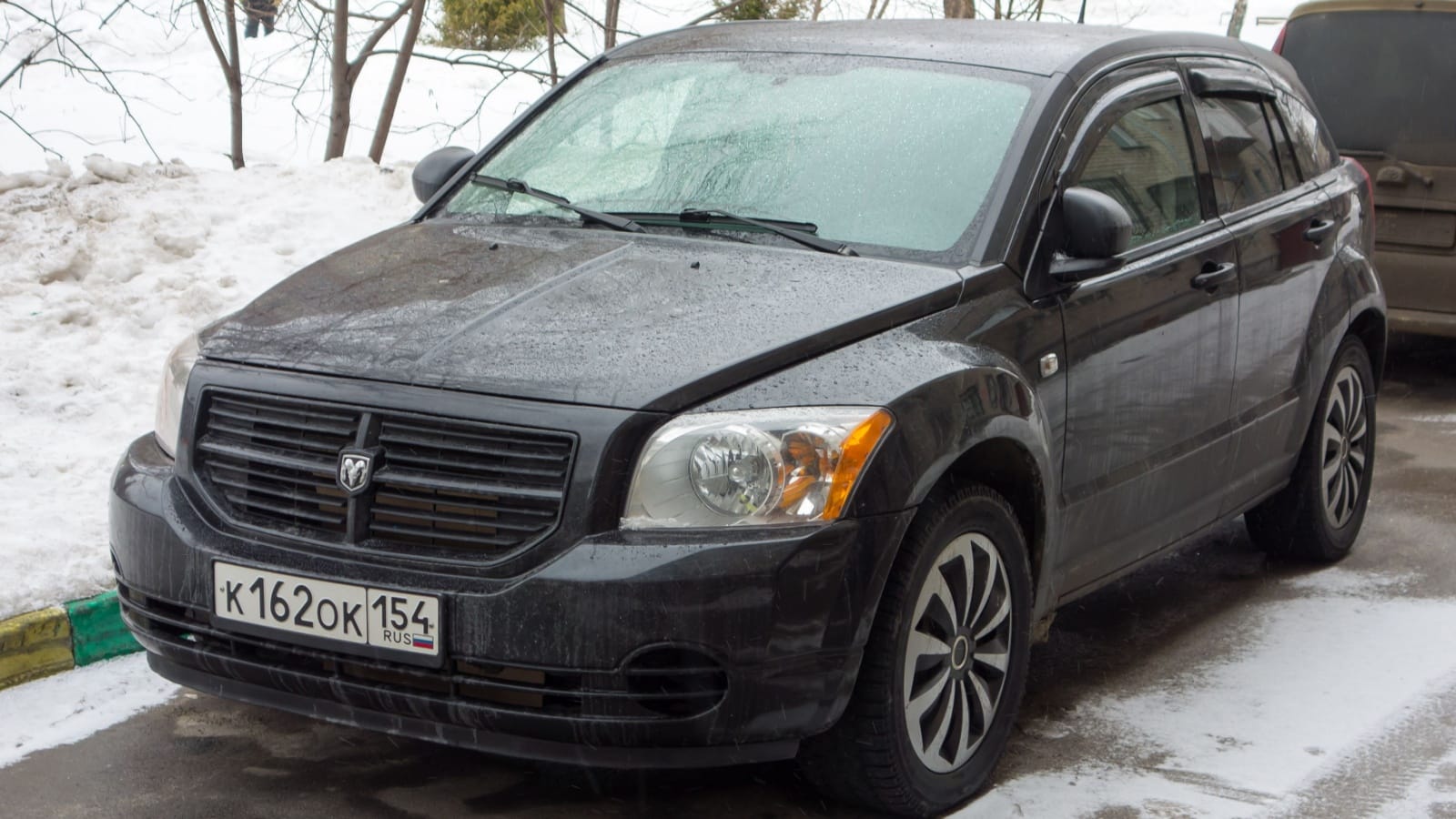
The Dodge Caliber was supposed to be a bold replacement for the Neon, but it ended up being one of the least respected compact cars ever sold in Canada. Its engines were coarse and noisy, prone to gasket leaks and premature wear. The real nail in the coffin was its fragile CVT transmission, which frequently failed and cost more to repair than the car was worth. The interior was cheap, rattles appeared early, and electronics constantly failed. On today’s used market, Canadians won’t even glance at a Caliber listing unless they’re shopping for parts.
Nissan Altima (2.5L Models)
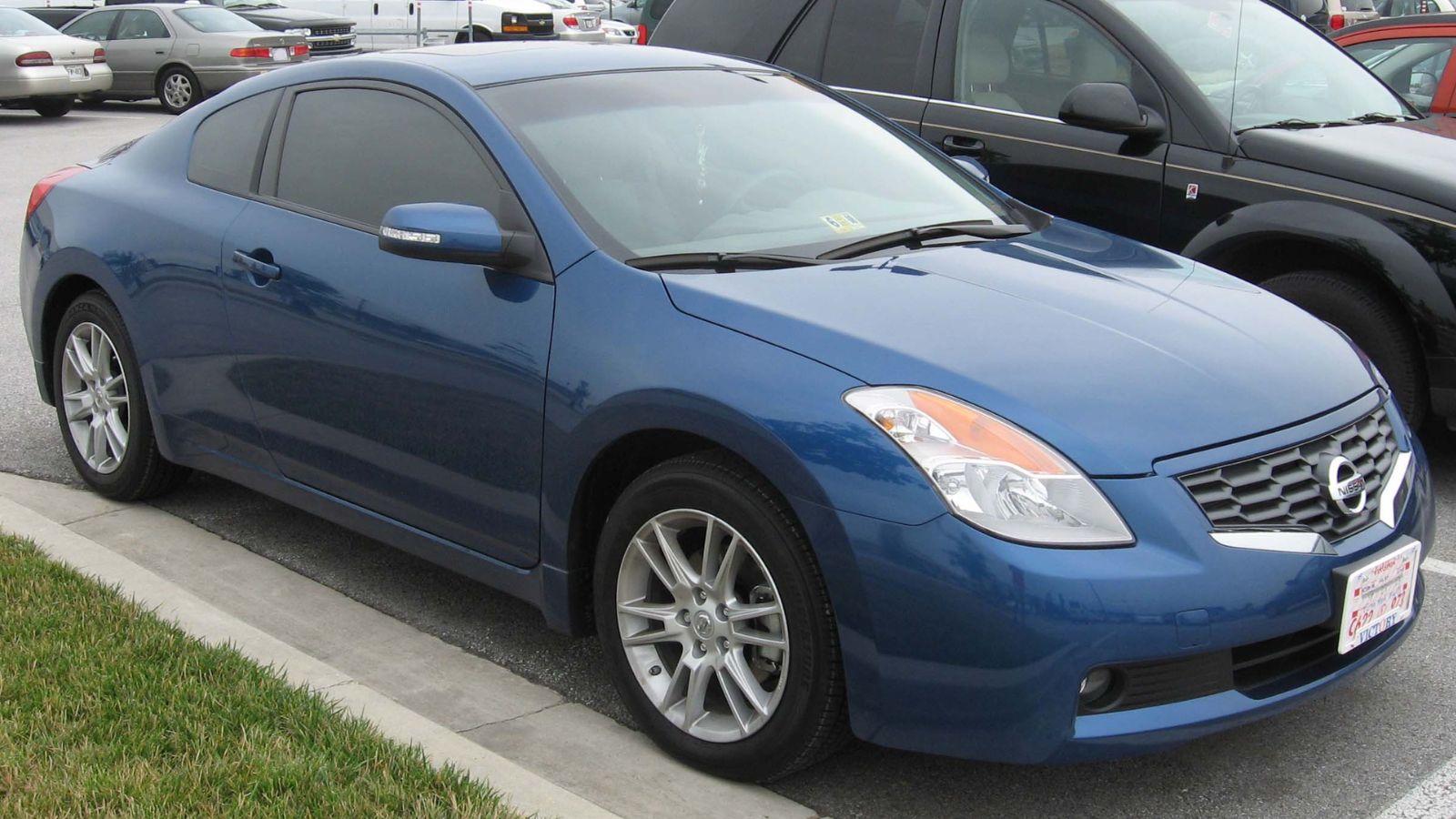
The Nissan Altima’s 2.5-litre four-cylinder engine was once considered efficient, but it turned into a nightmare for owners. Many models developed severe oil consumption problems, and timing chain tensioners wore out far too early. To make matters worse, Nissan’s CVT transmissions frequently failed, often before 120,000 kilometres. Combined with widespread rust issues in older Canadian models, the Altima’s reputation has sunk dramatically. Buyers now avoid them in favour of more reliable sedans like the Toyota Camry or Honda Accord, leaving used Altimas gathering dust on dealer lots.
Jeep Patriot
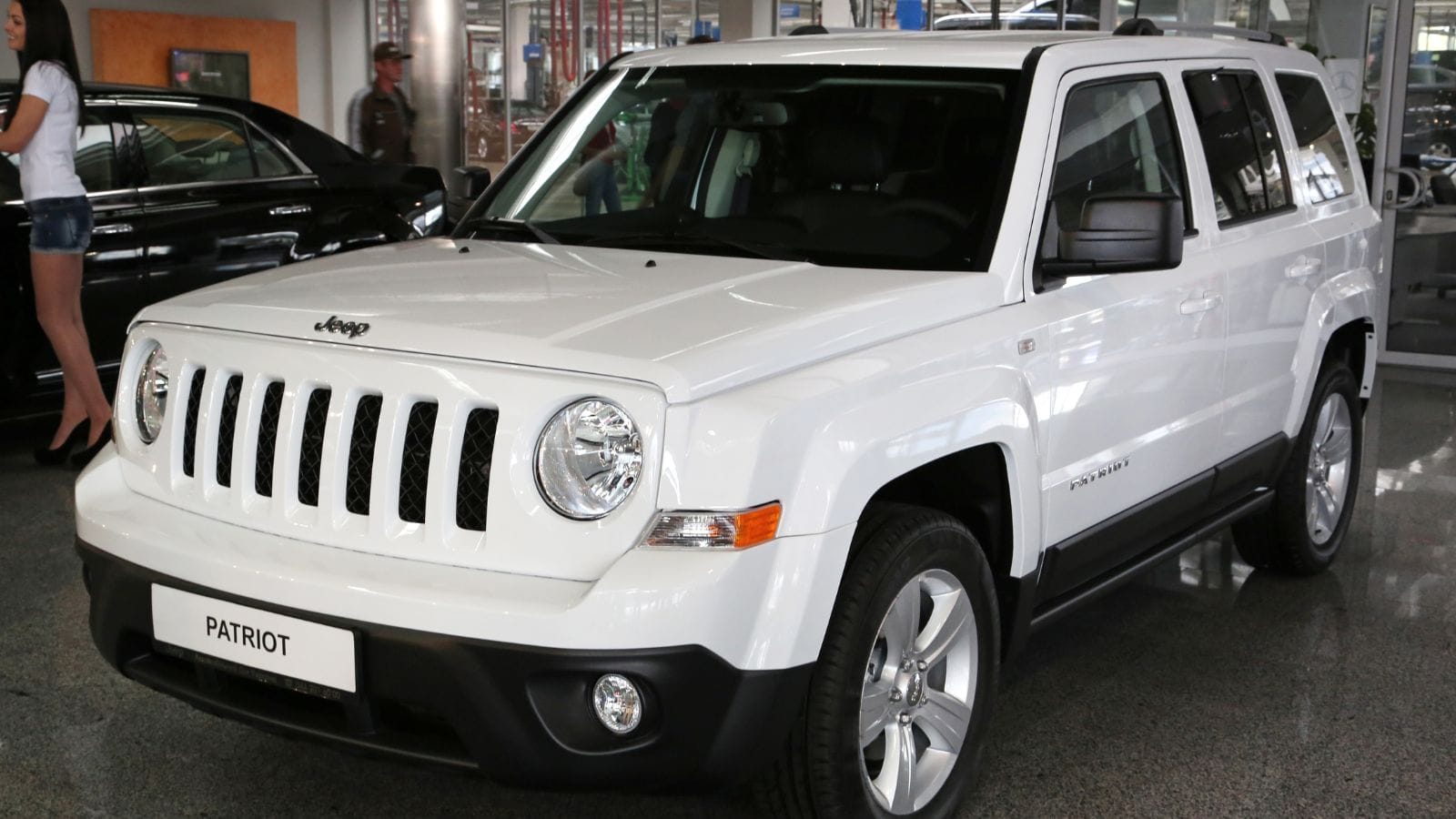
The Jeep Patriot promised rugged styling at an affordable price, but it turned out to be one of the most disappointing SUVs in the Jeep lineup. Its engines were underpowered and noisy, and oil leaks were common. The CVT transmission failed regularly, while interior components felt flimsy and wore out quickly. In Canadian winters, the Patriot often refused to start smoothly or deliver reliable traction, further tarnishing its name. Today, buyers skip past them entirely, and many Patriots are traded in only to sit unsold for months until they’re auctioned off for scrap value.
Hyundai Sonata (2011–2014)
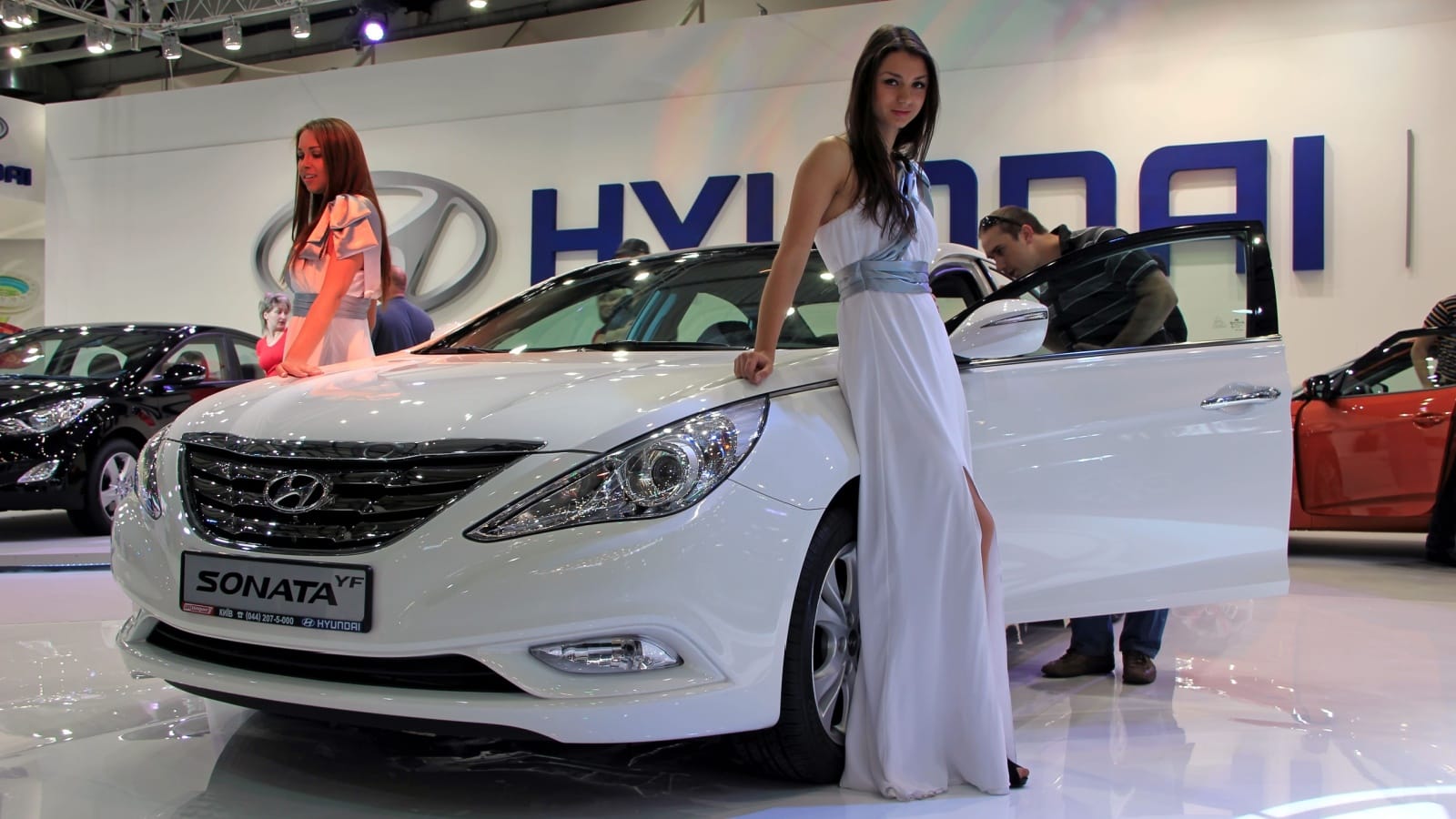
Hyundai’s Sonata from 2011 to 2014 is infamous for catastrophic engine problems. Manufacturing flaws left metal debris inside the engines, leading to premature bearing failure and sudden seizures. Many Canadian drivers were stranded without warning, sometimes on highways in harsh winter conditions. While recalls were issued and warranties extended, the damage to the model’s reputation was permanent. Buyers now steer clear of these Sonatas entirely, knowing they’re a gamble even if the engine has been replaced.
Kia Optima (2011–2014)
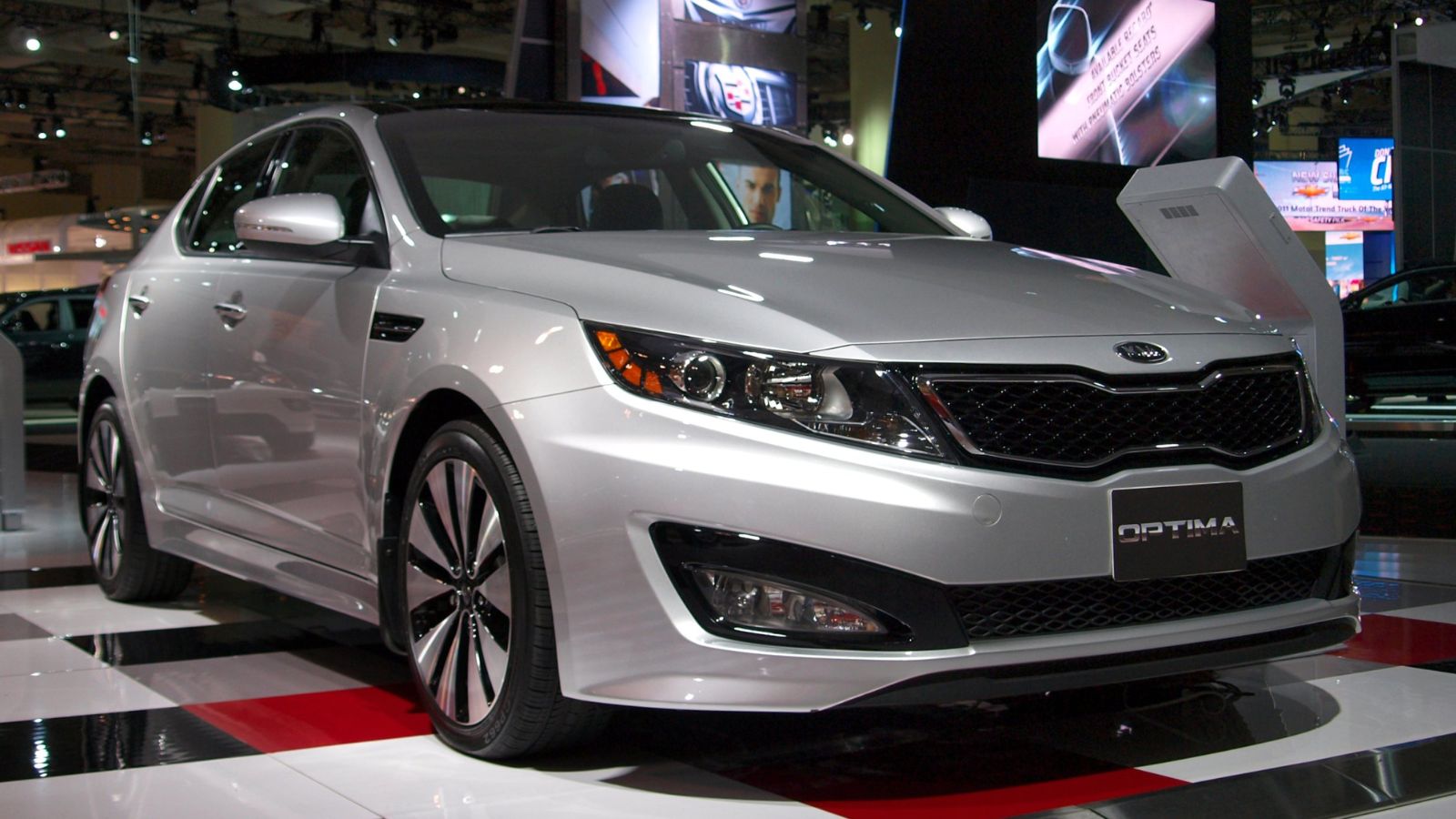
The Kia Optima of the same era shared the Sonata’s engines and therefore the same catastrophic issues. The 2.0-litre turbo and 2.4-litre engines were both prone to seizing, often at low mileage. Even when recalls covered repairs, the stigma stuck. Canadians who once loved Kia’s affordability now treat these Optimas as lemons, and dealers can’t move them off lots. Stylish looks and tech features aren’t enough to outweigh the risk of a dead engine in the middle of a snowstorm.
Dodge Avenger
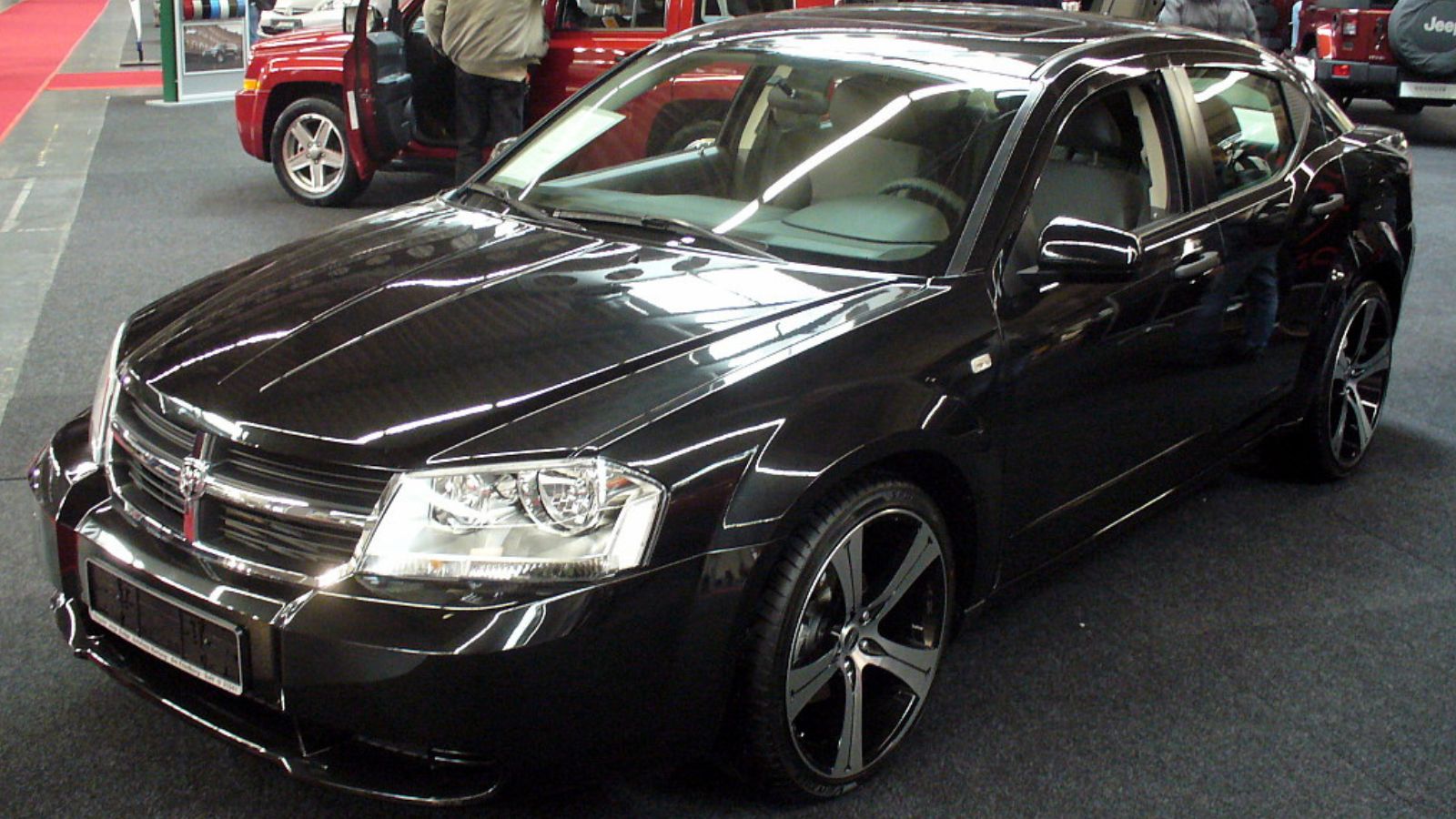
The Dodge Avenger was one of Chrysler’s final attempts at a midsize sedan, and it inherited the brand’s worst qualities. Engines were unreliable, plagued with leaks and overheating problems, while transmissions failed far too early. Its outdated design and poor crash ratings didn’t help either. In Canada, where midsize sedans are expected to handle long commutes and freezing weather reliably, the Avenger was a disappointment. On the used market, most buyers won’t even entertain the thought of owning one, making it nearly impossible to sell.
Volkswagen Passat (Early 2010s TSI Models)
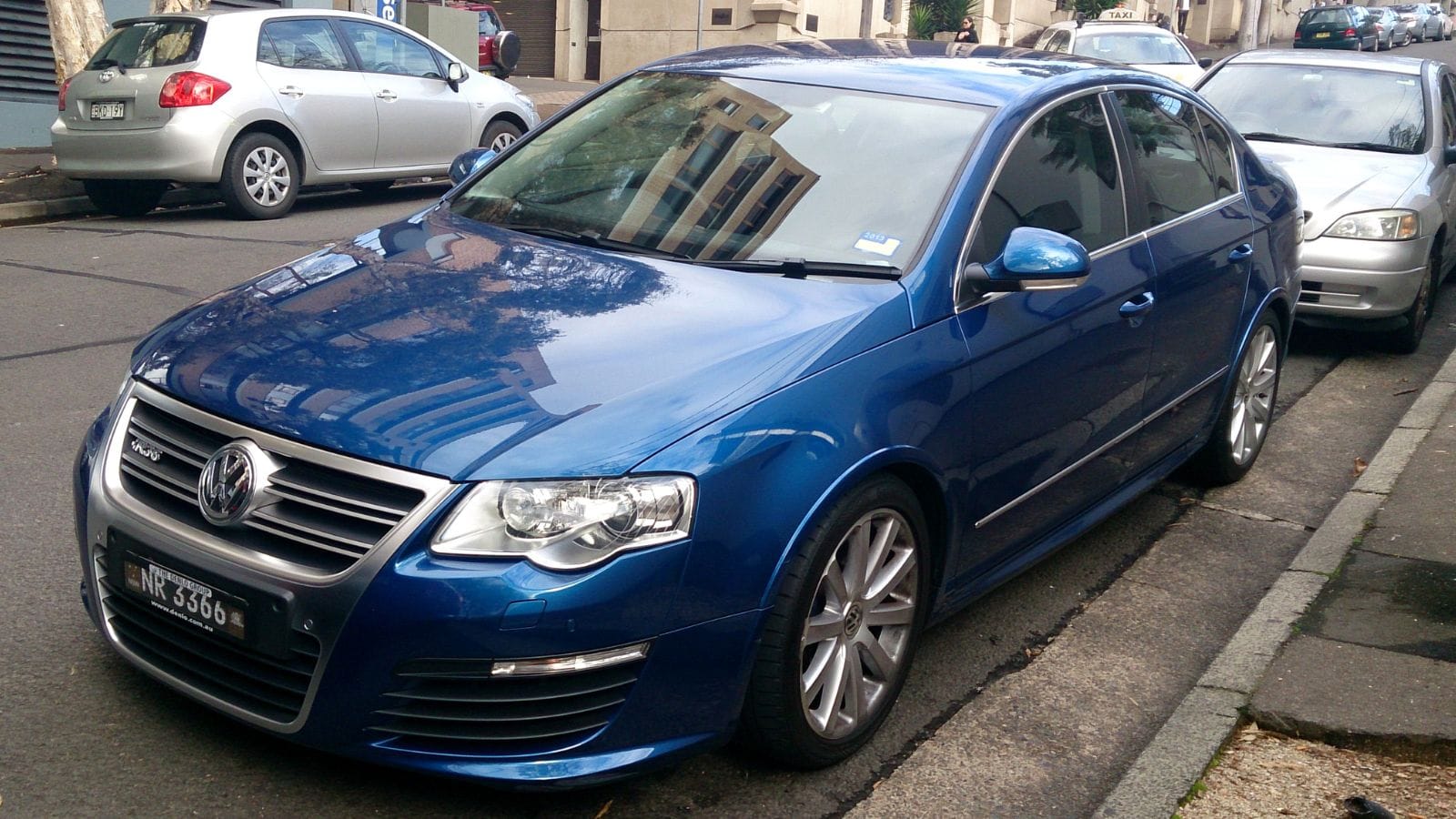
Volkswagen’s Passat with early TSI engines promised European flair but delivered expensive headaches. Timing chain tensioners often failed, causing catastrophic engine damage. Turbochargers and oil consumption problems were also common, leading to steep repair bills. Canadian owners found that keeping one running often cost more than the car’s resale value. Even Volkswagen enthusiasts avoid these model years, and buyers in general treat them as high-risk purchases best left alone.
Pontiac G6
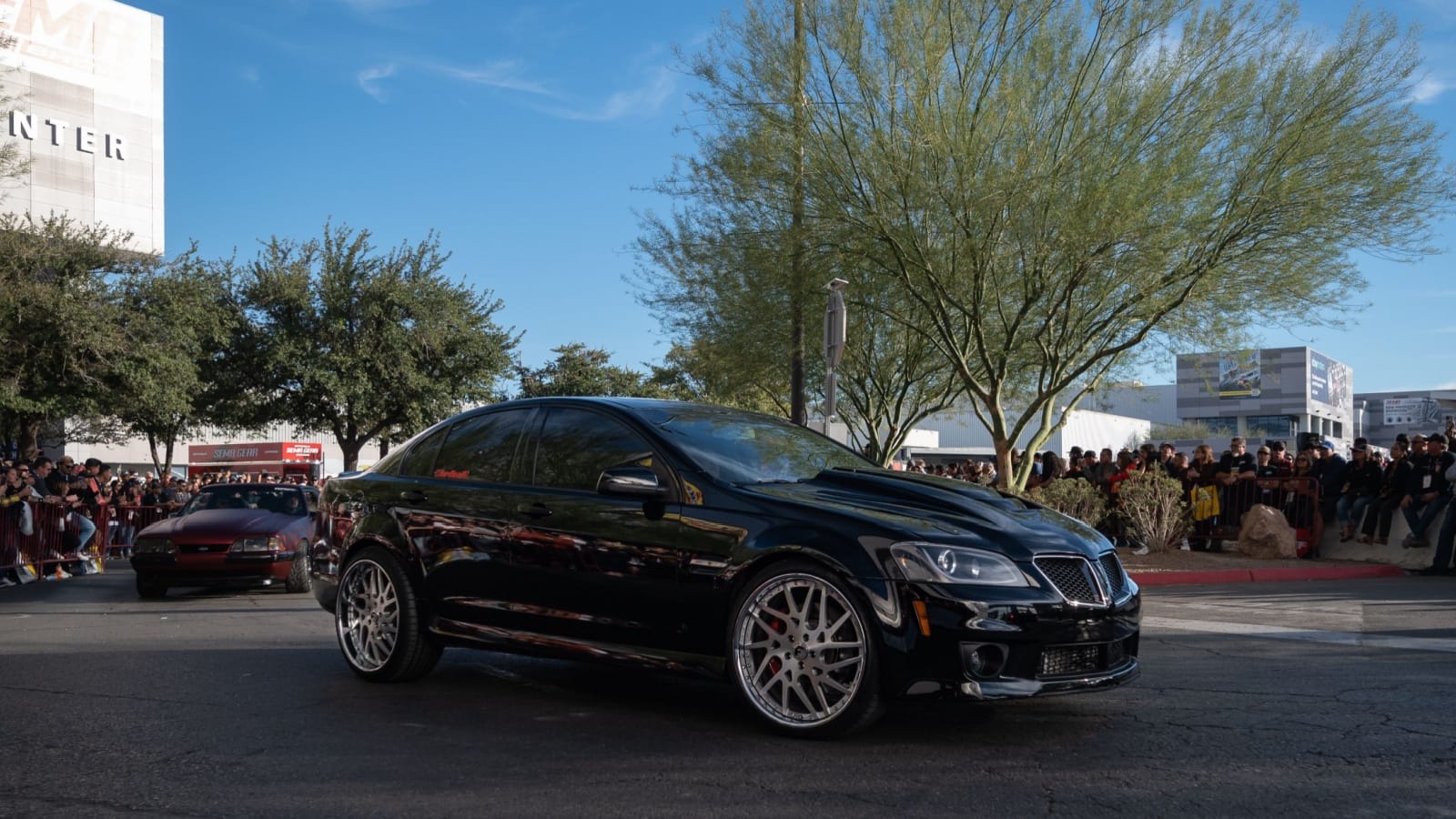
The Pontiac G6 sold well before Pontiac’s shutdown, but poor quality doomed its resale value. V6 models suffered from head gasket issues and constant oil leaks, while electrical gremlins haunted owners. Once the brand disappeared, parts and support became harder to find, making the G6 even less appealing. On the used market, G6s are practically worthless, avoided by Canadians who prefer cars from brands with stronger reliability and continued support.
Saturn Vue
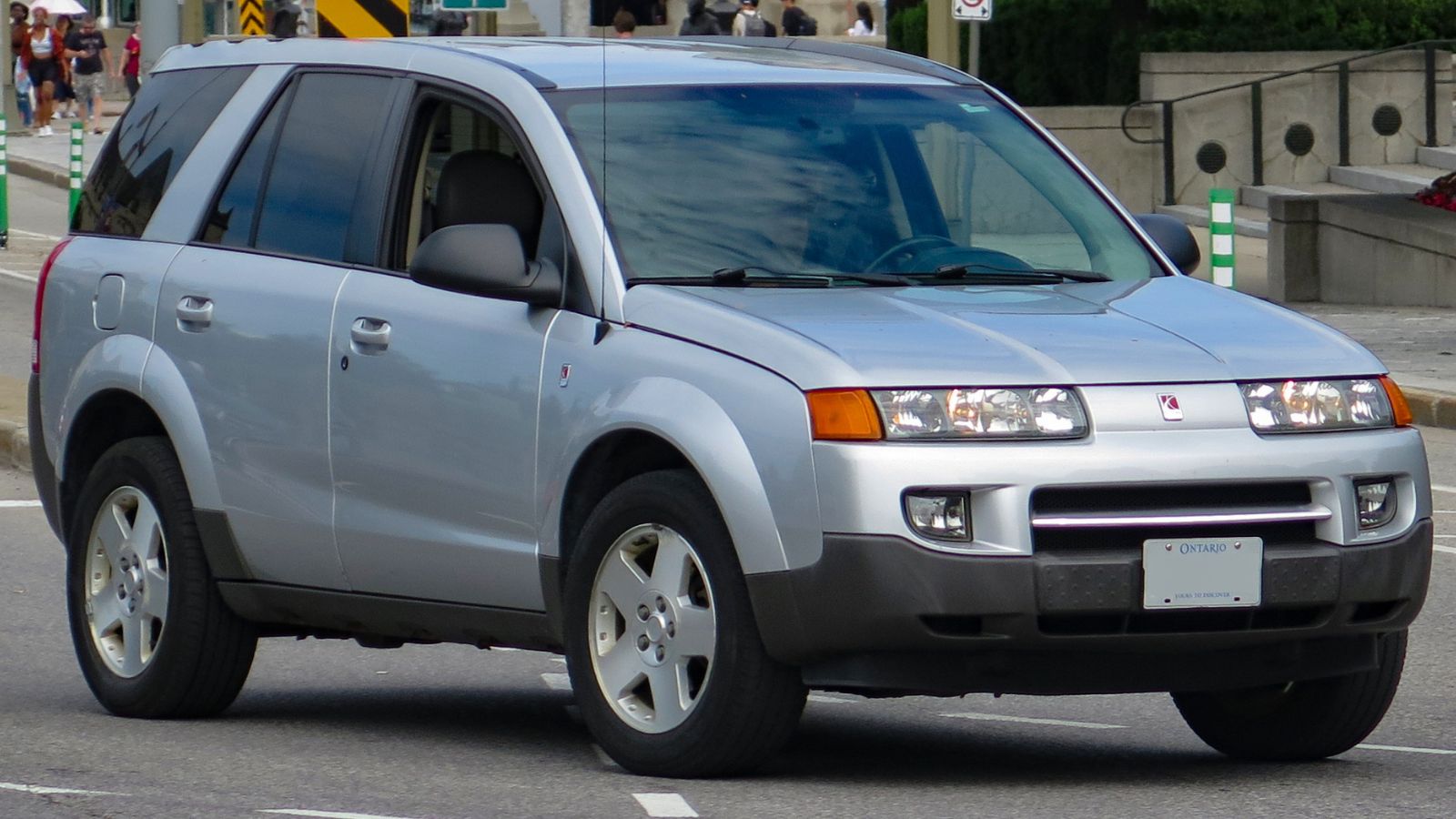
The Saturn Vue, particularly those fitted with the 3.0-litre V6, became a nightmare for owners. Timing belt failures frequently led to complete engine destruction, and electrical problems compounded the misery. With Saturn long gone, parts availability is limited and repairs are costly. Canadian buyers avoid Vues completely, leaving most to languish unsold before ending up at scrapyards.
Why These Cars Don’t Sell
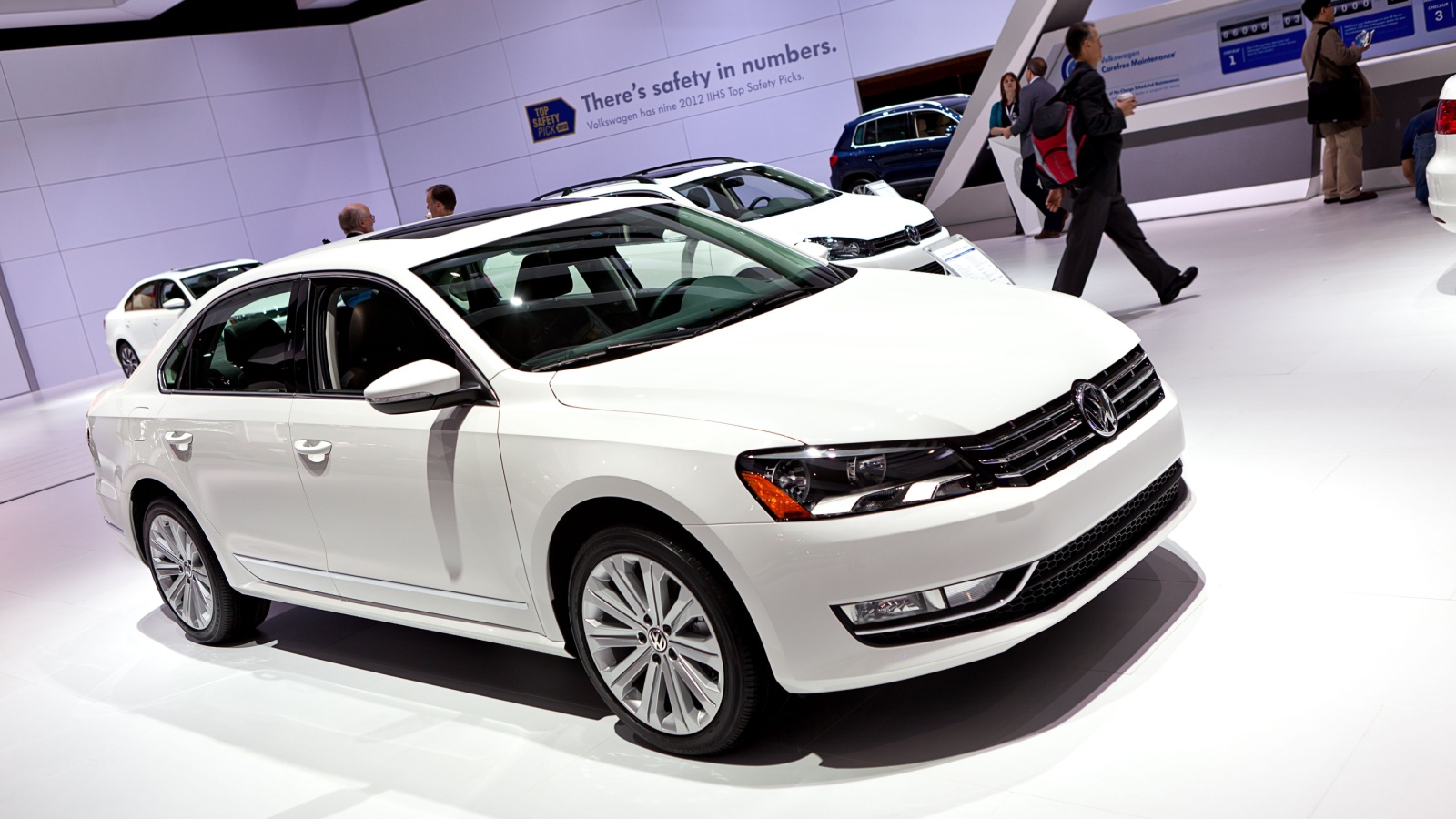
What unites these twelve vehicles is a toxic mix of poor reliability, bad reputations, and brand baggage. Once a car develops a reputation for engine seizures, failing transmissions, or endless breakdowns, its resale value collapses. In Canada, where cars face tougher conditions than most markets, buyers are especially cautious, and these models have been written off entirely. Even bargain prices can’t convince most shoppers to take the risk. For sellers, they’re nearly impossible to move. For buyers, they’re cautionary tales about doing research before pulling the trigger.
25 Facts About Car Loans That Most Drivers Don’t Realize

Car loans are one of the most common ways people fund car purchases. Like any other kind of loan, car loans can have certain features that can be regarded as an advantage or a disadvantage to the borrower. Understanding all essential facts about car loans and how they work to ensure that you get the best deal for your financial situation is essential. Here are 25 shocking facts about car loans that most drivers don’t realize:
25 Facts About Car Loans That Most Drivers Don’t Realize
